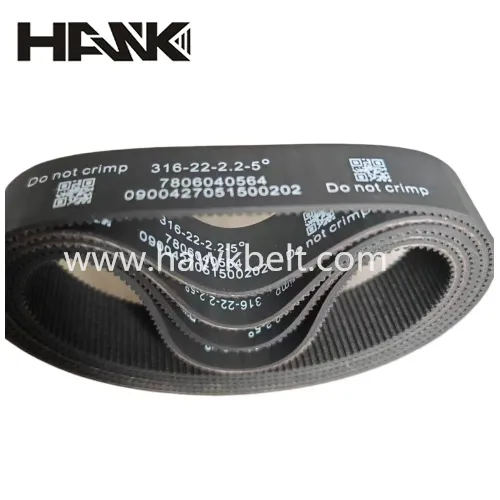- Arabic
- French
- Russian
- Spanish
- Portuguese
- Turkish
- Armenian
- English
- Albanian
- Amharic
- Azerbaijani
- Basque
- Belarusian
- Bengali
- Bosnian
- Bulgarian
- Catalan
- Cebuano
- Corsican
- Croatian
- Czech
- Danish
- Dutch
- Afrikaans
- Esperanto
- Estonian
- Finnish
- Frisian
- Galician
- Georgian
- German
- Greek
- Gujarati
- Haitian Creole
- hausa
- hawaiian
- Hebrew
- Hindi
- Miao
- Hungarian
- Icelandic
- igbo
- Indonesian
- irish
- Italian
- Japanese
- Javanese
- Kannada
- kazakh
- Khmer
- Rwandese
- Korean
- Kurdish
- Kyrgyz
- Lao
- Latin
- Latvian
- Lithuanian
- Luxembourgish
- Macedonian
- Malgashi
- Malay
- Malayalam
- Maltese
- Maori
- Marathi
- Mongolian
- Myanmar
- Nepali
- Norwegian
- Norwegian
- Occitan
- Pashto
- Persian
- Polish
- Punjabi
- Romanian
- Samoan
- Scottish Gaelic
- Serbian
- Sesotho
- Shona
- Sindhi
- Sinhala
- Slovak
- Slovenian
- Somali
- Sundanese
- Swahili
- Swedish
- Tagalog
- Tajik
- Tamil
- Tatar
- Telugu
- Thai
- Turkmen
- Ukrainian
- Urdu
- Uighur
- Uzbek
- Vietnamese
- Welsh
- Bantu
- Yiddish
- Yoruba
- Zulu
دېكابىر . 05, 2024 14:47 Back to list
Industrial V-Belts for Improved Efficiency and Performance in Manufacturing Applications
Understanding V-Belts for Industrial Applications
V-belts, an essential component in the machinery of various industries, play a crucial role in the transfer of power from one rotating shaft to another. Their design and functionality significantly affect the efficiency and performance of mechanical systems across different sectors, including manufacturing, automotive, and food processing.
What is a V-Belt?
A V-belt is a loop of flexible material that is shaped like the letter V in cross-section. The design allows the belt to fit snugly into the grooves of the pulleys, ensuring a high degree of friction and reducing slippage during operation. V-belts are typically made from high-quality rubber compounds, often reinforced with fibers like polyester or steel, which provide strength, flexibility, and resistance to wear and tear. Their robust construction makes them suitable for demanding industrial environments where durability is paramount.
Types of V-Belts
There are several types of V-belts available for industrial applications, each specifically designed to meet particular needs. The most common categories include
1. Classic V-Belts These are the traditional V-belts, ranging in different dimensions. They are widely used in various applications and are generally cost-effective.
2. Narrow V-Belts Also known as wedge belts, these belts are narrower than classic V-belts and can transmit more power due to their increased contact area with the pulley. This feature makes them ideal for high-performance applications.
3. Poly-V Belts These belts consist of multiple small V-shaped ribs running parallel along the length, allowing for a smaller pulley radius while providing a high power transmission capability. They are often used in automotive engines and other space-constrained applications.
4. Wrapped V-Belts These belts are covered with a fabric layer that provides additional durability and flexibility. They are particularly useful in environments where belts are exposed to harsh conditions.
5. Cogged V-Belts Featuring notches along the underside, cogged V-belts offer superior flexibility and reduced bending stress. These belts are ideal for applications with small pulley diameters or tight operating conditions.
v belts for industry

Advantages of V-Belts
V-belts are favored in various industrial settings for several reasons
- High Efficiency V-belts provide efficient power transmission with minimal energy loss due to slippage. This efficiency can lead to energy savings and lower operational costs.
- Resistance to Environmental Factors Many V-belts are designed to withstand harsh environmental conditions, including temperature fluctuations, moisture, and exposure to chemicals.
- Quiet Operation V-belts operate quietly compared to other power transmission methods, such as chains or gears, making them suitable for applications where noise reduction is important.
- Low Maintenance V-belts require relatively little maintenance, and with proper installation and usage, they can ensure long operational life. Regular inspections and timely replacements can further enhance their longevity.
Applications of V-Belts
V-belts find applications in various industrial machinery, including
- Conveyors Used in assembly lines to move materials efficiently. - Pumps Powering pumps in construction and waste treatment facilities. - Fans and Blowers Providing ventilation and cooling in manufacturing plants. - Textile Manufacturing Powering machines that weave or stitch fabrics.
Conclusion
In summary, V-belts are vital components for industrial applications, offering reliability, efficiency, and versatility. Their various types cater to specific needs across numerous industries, making them indispensable for power transmission in machinery. Understanding the types, advantages, and applications of V-belts can help businesses select the right belt for their operations, ensuring optimal performance and productivity in their processes. As industries continue to evolve with technology, the demand for high-quality V-belts will likely grow, underscoring their importance in the modern industrial landscape.
-
Korean Auto Parts Timing Belt 24312-37500 For Hyundai/Kia
NewsMar.07,2025
-
7PK2300 90916-T2024 RIBBED BELT POLY V BELT PK BELT
NewsMar.07,2025
-
Chinese Auto Belt Factory 310-2M-22 For BMW/Mercedes-Benz
NewsMar.07,2025
-
Chinese Auto Belt Factory 310-2M-22 For BMW/Mercedes-Benz
NewsMar.07,2025
-
90916-02660 PK Belt 6PK1680 For Toyota
NewsMar.07,2025
-
drive belt serpentine belt
NewsMar.07,2025

